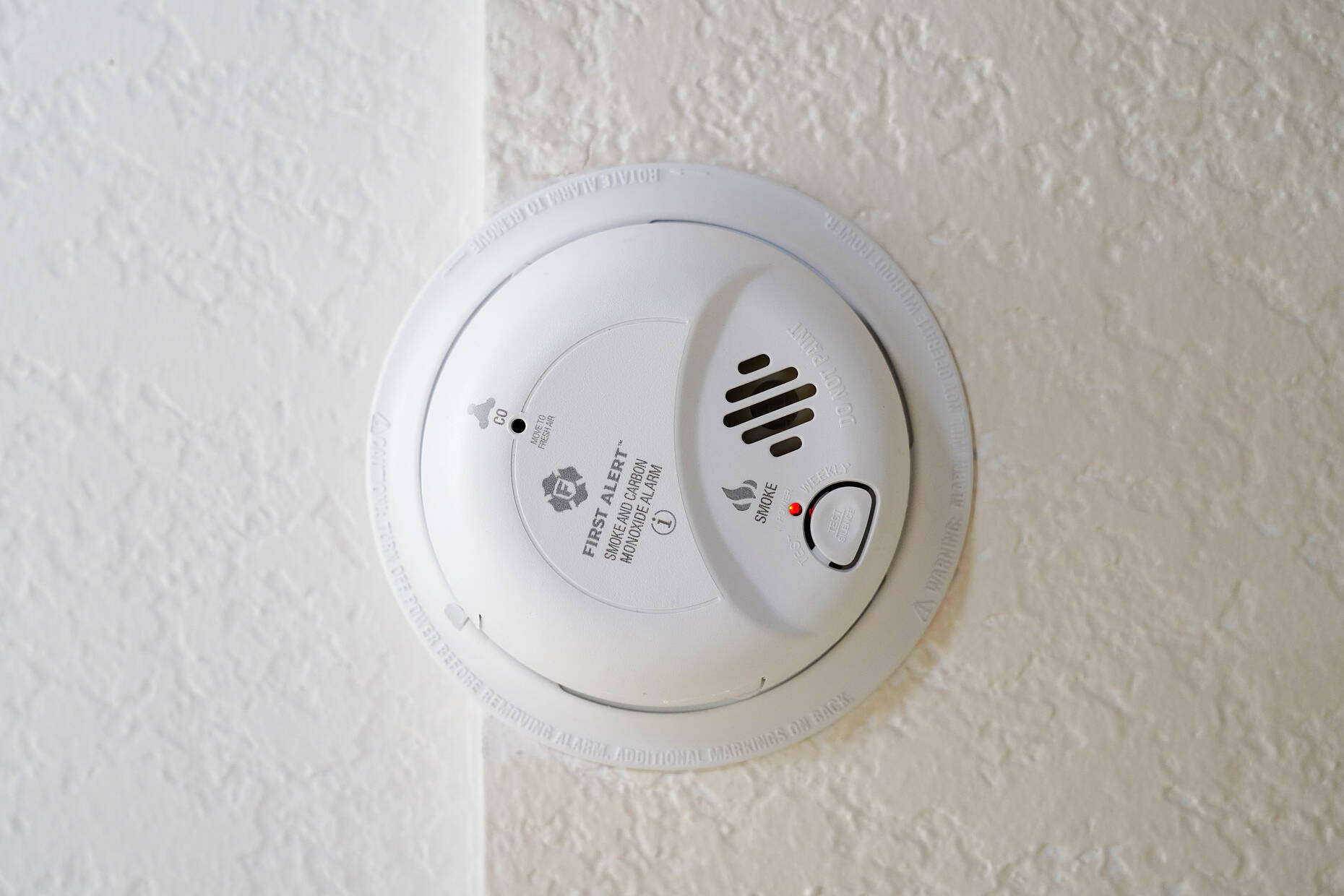Each winter, the “silent killer” known as carbon monoxide is a leading cause of accidental poisoning deaths in Canada.
Carbon-monoxide poisoning can cause flu-like symptoms, such as headaches, nausea, dizziness, confusion and drowsiness. But it can also be fatal.
There are more than 300 CO-related deaths per year in Canada, according to statistics, and more than 200 further hospitalizations.
In B.C., the latest stats show there were nine deaths in 2021, and eight deaths so far in 2022.
“The loss of life due to carbon-monoxide poisoning is tragic, and it’s critical that everyone learns about its dangers and what they can do to stop it from happening,” said Jennifer Rice, Parliamentary Secretary for Emergency Preparedness, during November’s dedicated awareness week.
Smoke alarm manufacturer First Alert says that due to the increased use of fuel-burning appliances when the cold weather strikes, there are a number of steps people can take to prevent tragedy.
Check your fuel-burning appliances. Furnaces, ovens, hot water heaters and other fuel-burning appliances have the potential to leak dangerous levels of CO if not functioning correctly. Schedule annual maintenance check-ups with a qualified technician to ensure all your fuel-burning appliances are properly operating.
Always use generators outside. In the case of a power outage, never use a generator inside the home or the garage – they can emit harmful CO fumes that may lead to serious injury, or even death. To safely use a generator, keep the device outside and at least 4.5 metres away from your home.
Install carbon monoxide alarms. Because CO is invisible, odourless and tasteless, it is impossible to tell on your own if there has been a leak – properly installed and working CO alarms are the only way to detect the dangerous gas. Install CO alarms, like the First Alert CO Plug-In Alarm, on every floor, including the basement and in or near every sleeping area to ensure proper protection. Remember to test your CO alarms regularly and if using battery-powered alarms, replace the batteries at least every six months.
Ensure proper ventilation. The kitchen stove is one of the leading sources of CO poisoning within the home. When cooking on the stove, always turn on exhaust fans and periodically open a nearby window to circulate in fresh air. Proper ventilation is even more important during the holiday season, or other periods when the stove is being used more frequently and for longer durations.
Know the symptoms. Symptoms of CO poisoning can include headache, nausea, dizziness, weakness, chest pain and vomiting, and are often mistaken for the common cold or the flu. If a CO alarm sounds or symptoms appear, exit the home immediately and call 911. Knowing the symptoms of CO poisoning will give you peace of mind to enjoy the winter months with your family.

